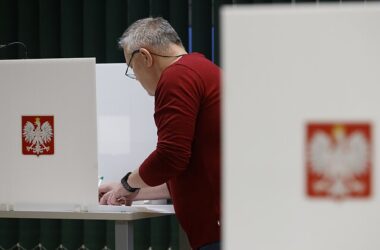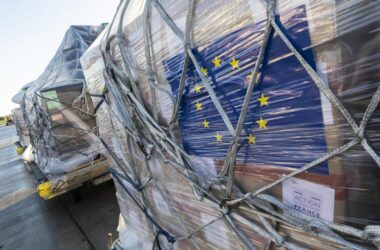Europe’s imports of liquefied natural gas (LNG) fell by 19% last year, reaching their lowest levels since the pandemic, as governments pushed to replace fossil fuels with renewables, according to a new report by the Institute for Energy Economics and Financial Analysis (IEEFA). The UK saw the steepest decline, with LNG imports plunging by 47%.
Despite this trend, European nations continue to invest heavily in new LNG terminals, with plans to expand import capacity by 60% between 2021 and 2030. Countries leading this expansion include Germany, the Netherlands, Turkey, Italy, France, Belgium, Greece, Finland, Poland, and Croatia.
“EU efforts to curb gas demand have been crucial for maintaining the continent’s security of energy supply. However, as EU gas demand was flat last year, more work is needed to diversify energy supplies and reduce Europe’s exposure to LNG market volatility,” said Ana Maria Jaller-Makarewicz, a lead analyst at IEEFA.
Almost half of Europe’s LNG imports last year came from the US, while imports from Russia surprisingly increased by 18%, despite the EU’s target of eliminating reliance on Russian fossil fuels by 2027. The report highlighted that a third of Russian LNG shipments were bought on the spot market rather than through long-term contracts, suggesting these could be phased out as a priority.
Although LNG imports declined, gas delivered via pipelines increased, keeping overall gas demand steady. Experts warn that failing to account for shifting energy trends could lead to overinvestment in infrastructure that may become underutilized as Europe accelerates its transition to renewable energy.




